The display (which also serves as the main structural element) comprises 3x Neopixel 8x8 panels. This element was originally going to be fulfilled by colourduinos but they didnt offer satisfactory results despite the higher pixel density and having square pixels.
As time progresses, the colour of the numbers cycles through the rainbow... 24 hours, 60 mins and 60 seconds. There is also a dot that moves along the bottom showing the progression through the current minute that also fades in colour along with the separating ':'.
Running the show is an Arduino nano (very cheap these days - £2.50) connected to a DS3231 RTC module (the DS1307 proved inaccurate). also attached is an LDR to detect light levels and dim the display accordingly (including Dim and SuperDim levels).
Libraries used include FastLED, Time, and DS1307RTC.
All code available on GitHub.
Dffuser is made from laminated paper with Mirror Film applied, cut to size, and stuck on with spray glue.
All options are configurable from the serial port.
Future options include setting the time based on internet time via an ESP8266 (when I've finished playing around with it), this may also prove useful for adding some kind of weather feedback too.
 David Hopkins
David Hopkins
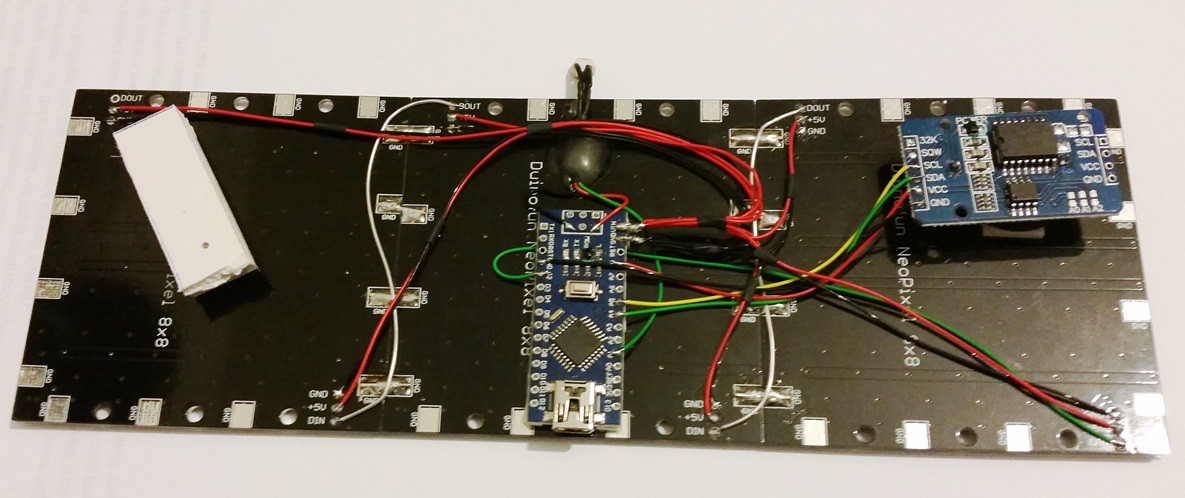


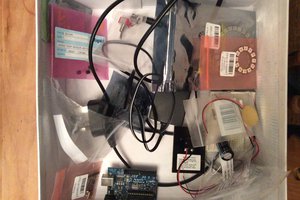
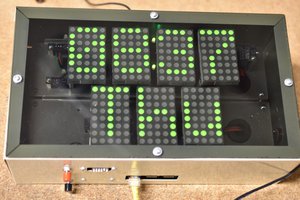
 Bharbour
Bharbour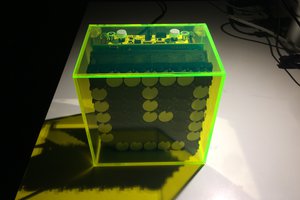
 makufelis-xyz
makufelis-xyz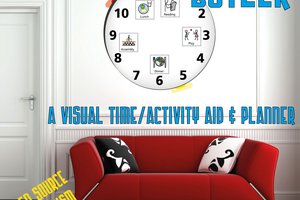
 jens.andree
jens.andree
Hi
I have a matrix 8x32 layout
00 15 16
01 14 17
02 13 18
03 12 19
04 11 20
05 10 21
06 09 22 25
07 08 23 24
What change in the code ?